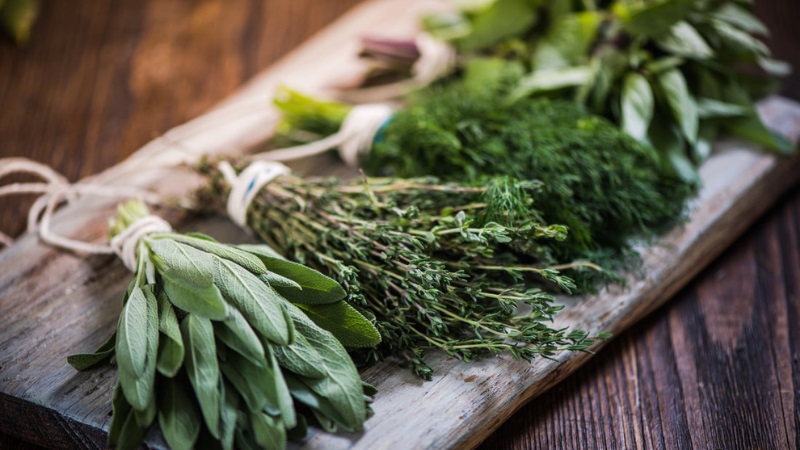Some Known Questions About Herbalife.
Some Known Questions About Herbalife.
Blog Article
Not known Incorrect Statements About Herbalife
Table of ContentsAbout HerbalifeThe 15-Second Trick For HerbalifeHerbalife Can Be Fun For AnyoneNot known Facts About Herbalife

In 1990, expense connected with "different" therapy in the USA was estimated to be US$ 13.7 billion. This had actually increased by the year 1997, with herbal medicines growing much faster than any various other different therapy (Eisenberg et al. 1998). In Australia, copyright, and the UK, yearly expenditure on traditional medicine is approximated to be US$ 80 million, US$ 1 billion, and US$ 2.3 billion, respectively.
The complete industrial worth of the ethnobotanicals market can not be neglected. In 1995, the overall turnover of nonprescription-bound herbal medications in pharmacies was equivalent to almost 30% of the overall turn over of nonprescription-bound medications in Germany, and in the United States, the annual retail sales of natural items was estimated to be US$ 5 - herbalife shake.1 billion.
Facts About Herbalife Revealed
In China, the overall worth of natural medication made in 1995 got to 17.6 billion Chinese yuan (approximately US$ 2.5 billion; Eisenberg et al. 1998; THAT 2001). This fad has actually proceeded, and yearly revenues in Western Europe reached US$ 5 billion in 2003-2004 (De Smet 2005). In China, sales of organic items totaled US$ 14 billion in 2005, and profits from herbal medicines in Brazil was US$ 160 million in 2007 (Globe Health And Wellness Company; http://www.who.int/topics/traditional_medicine/en/). In China, in 2003, standard herbal medicines played a noticeable role in the strategy to contain and deal with extreme intense respiratory system disorder (SARS), and in Africa, a traditional organic medicine, the Africa flower, has been made use of for years to treat losing signs and symptoms related to HIV (De Smet 2005; Tilburt and Kaptchuk 2008).
Herbs and plants can be refined and can be absorbed different means and types, and they consist of the entire herb, teas, syrup, important oils, lotions, salves, rubs, capsules, and tablet computers which contain a ground or powdered type of a raw natural herb or its dried remove. Plants and herbs essence differ in the solvent made use of for extraction, temperature level, and extraction time, and include alcoholic removes (tinctures), vinegars (acetic acid essences), warm water extract (tisanes), lasting steamed extract, usually origins or bark (decoctions), and cool infusion of plants (macerates).

Around 200 years back, the initial pharmacologically energetic pure substance, morphine, was created from opium drawn out from seeds hulls of the poppy Papaver somniferum. This exploration revealed that medications from plants can be cleansed and carried out in specific does no matter the source or age of the product (Rousseaux and Schachter 2003; Hartmann 2007).
Not known Details About Herbalife
With this ongoing fad, items from plants and all-natural sources (such as fungis and marine microorganisms) or analogs motivated by them have added considerably to the commercial medicine prep work today. Examples include antibiotics (e.g., penicillin, erythromycin); the heart energizer digoxin from foxglove (Digitalis purpurea); salicylic acid, a forerunner of aspirin, stemmed from willow bark (Salix spp.); reserpine, an antipsychotic and antihypertensive medicine from Rauwolfia spp.; and antimalarials such as quinine from Cinchona bark and lipid-lowering representatives (e.g., lovastatin) from a fungus (Rishton 2008; Schmidt et al.
Additionally, greater than 60% of cancer rehabs on the market or in screening are based upon natural items. Of 177 medicines accepted globally for therapy of cancer cells, even more than 70% are based on natural products or mimetics, much of which are enhanced with combinatorial chemistry. Cancer therapeutics from plants consist of paclitaxel, separated from the Pacific yew tree; camptothecin, obtained from the Chinese "delighted tree" Camptotheca acuminata and utilized to prepare irinotecan and topotecan; and combretastatin, stemmed from the South African bush willow (Brower 2008.
2010). Between 2005 and 2007, 13 medications stemmed from all-natural items were authorized in the United States. Even more than 100 natural the original source product-based medicines remain in clinical researches (Li and Vederas 2009), and of the complete 252 drugs on the planet Wellness Company's (WHO) essential medication listing, 11% are specifically of plant origin (Sahoo et al.
WHO has identified the vital contribution of conventional medicine to give essential care (Globe Wellness Organization, http://www.who.int/topics/traditional_medicine/en/. In 1989, the united state Congress developed the Workplace of Natural Medicine within the National Institutes of Health to motivate clinical research in the area of typical medication (http://nccam.nih.gov, last gain access to: November 5, 2010), and the European Scientific Cooperative on Phytotherapy (ESCOP) was founded in 1989 with the purpose of progressing the clinical condition and harmonization of phytomedicines at the European degree (www.escop.com, last accessibility: November 5, 2010).
The Only Guide for Herbalife
In the USA, the National Facility for Corresponding and Natural Medicine at the National Institutes of Health and wellness spent around US$ 33 million on herbal medicines in the 2005; in 2004, the National Canadian Institute dedicated virtually US$ 89 million for studying a variety of typical therapies. While this scale of investment is reduced compared to the complete research and growth expenditures of the pharmaceutical industry, it nevertheless reflects authentic public, industry, and governmental interest in this area (Li and Vederas 2009). With remarkable growth in the rate of interest in and use traditional medications worldwide, 2 primary areas of concern occur that bring significant challenges.

Report this page